How Alex Dowsett broke the UCI Hour Record
Procycling went behind the scenes with the former Movistar man when he broke the Hour Record in 2015
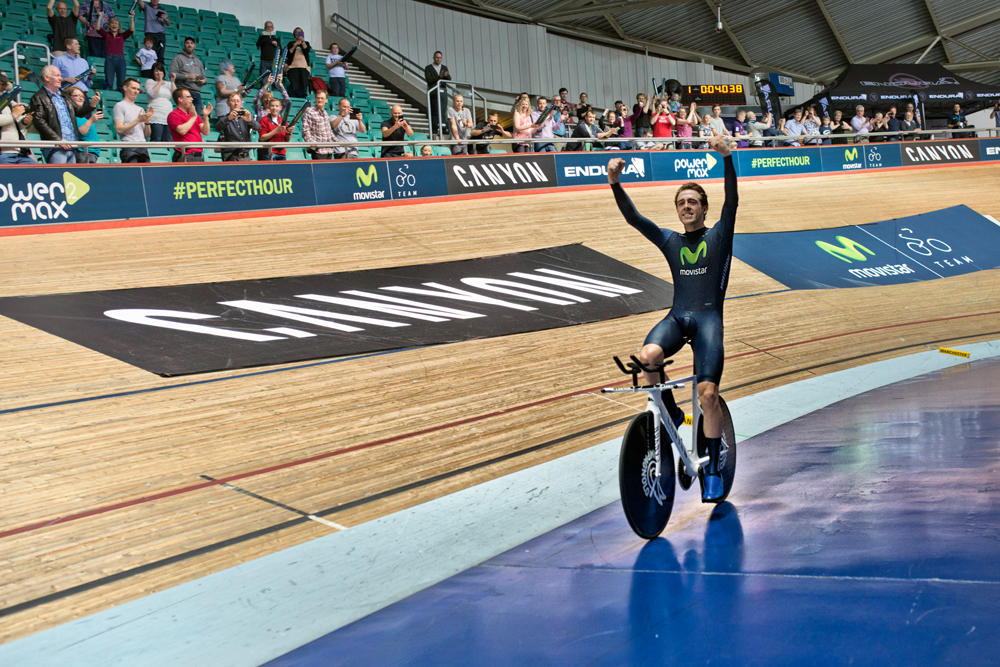
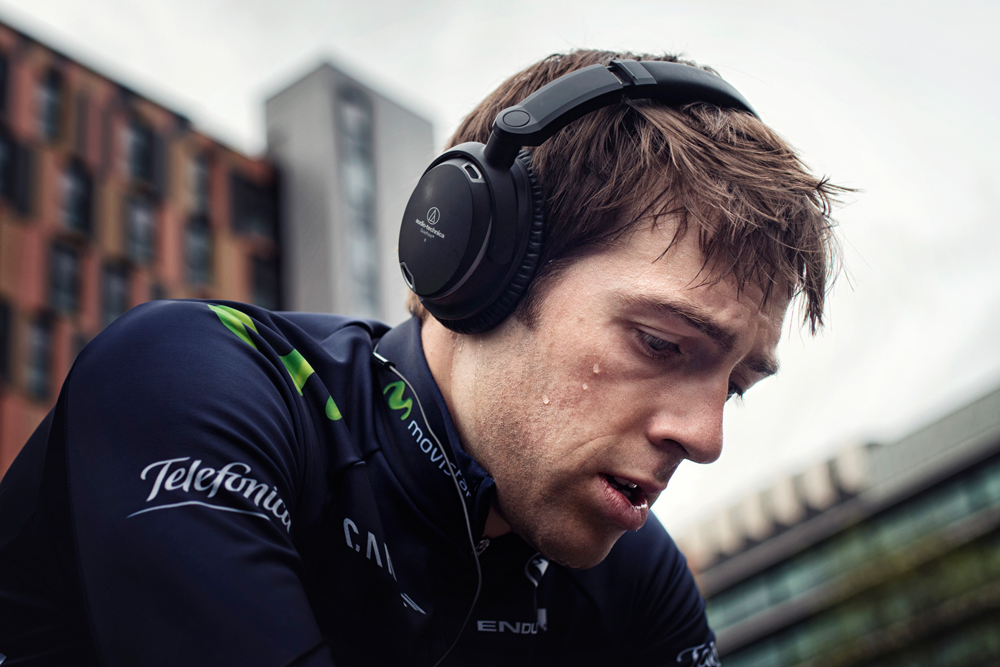
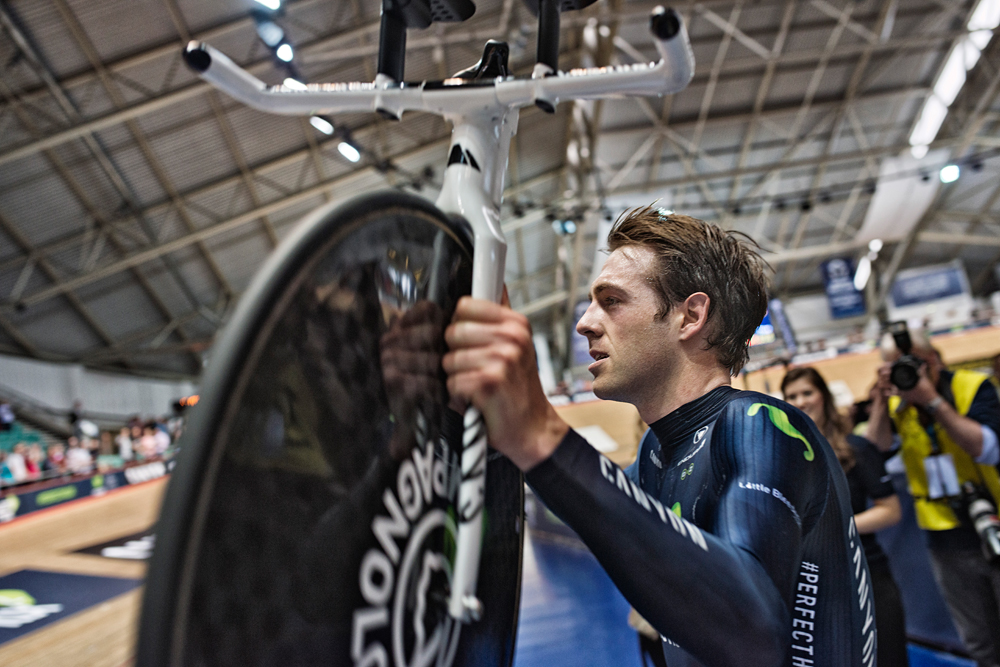
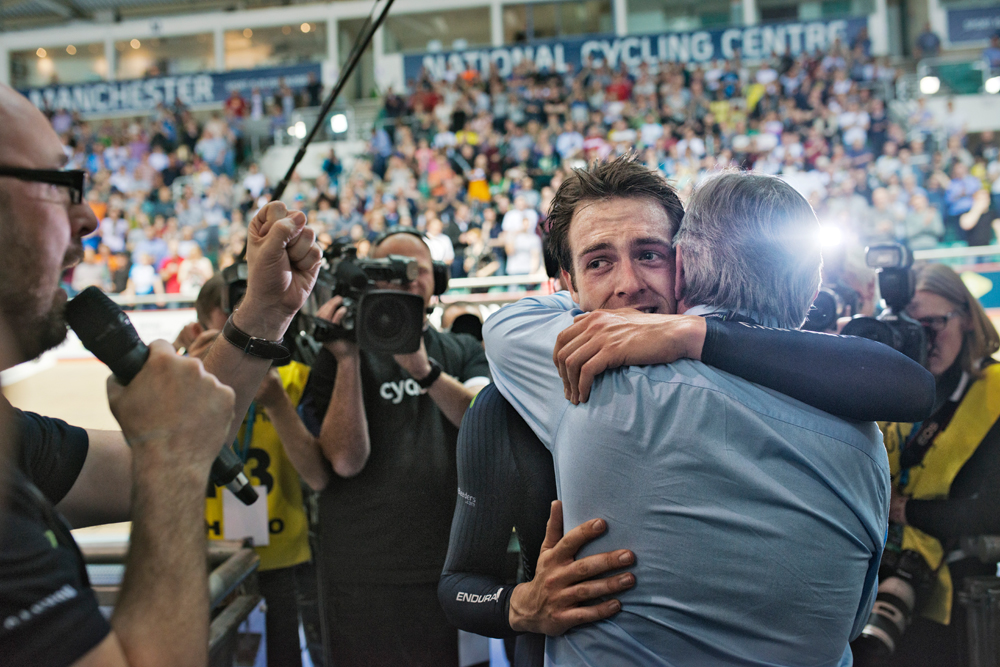
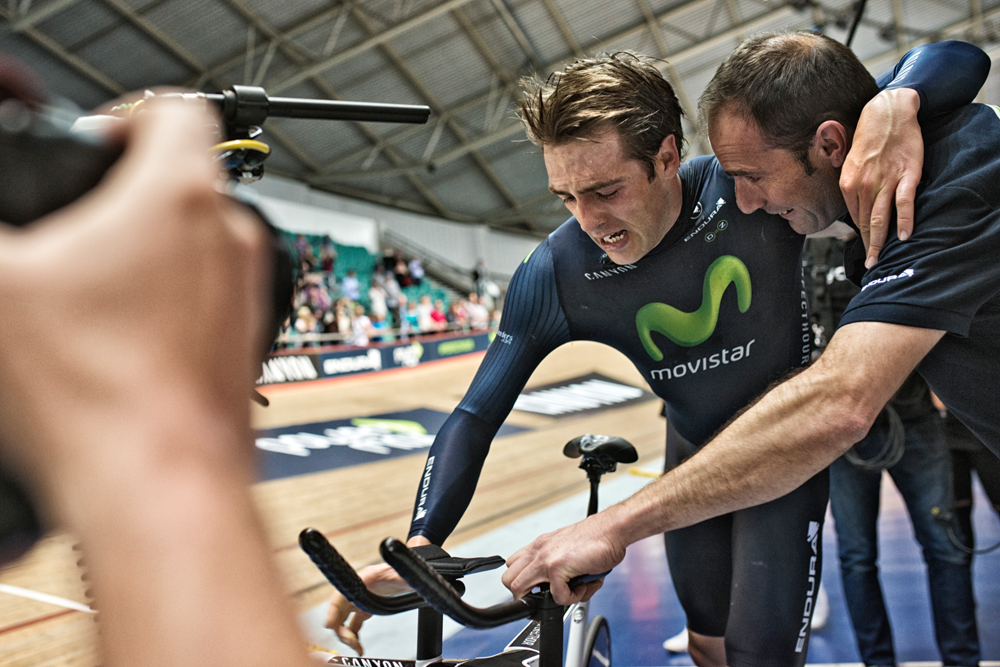
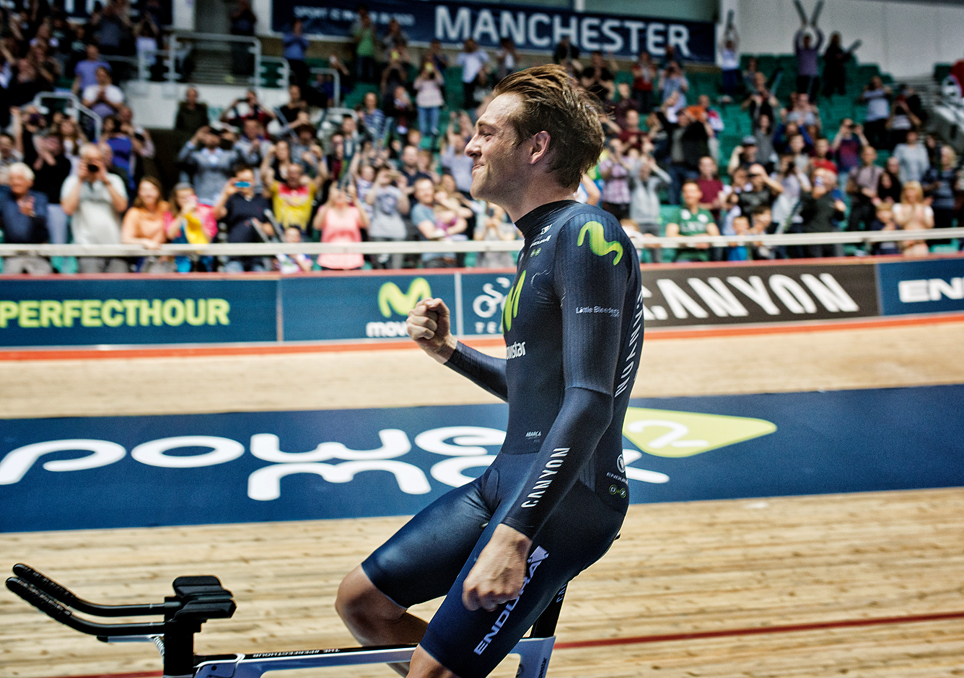
On December 12, Alex Dowsett will attempt to break the Hour Record for the second time, having first set a record of 52.937km in May 2015 at Manchester Velodrome. Five years ago, Procycling magazine went behind the scenes to witness the incredible amount of work that went into the Briton's Hour Record attempt.
This article was taken from Procycling magazine issue 204, June 2015.
Subscribe to Procycling magazine here.
Obree: Wiggins' UCI Hour Record attempt will come down to mental strength
Bradley Wiggins Gallery: UCI Hour Record training on the London velodrome
Wiggins calls on Martin, Cancellara and others to take on UCI Hour Record
Wiggins will break Hour Record with 54 or 54.5km ride, says Voigt
Wiggins' Hour Record attempt was illegal, says Dowsett's coach
Control. That's what the Hour Record is all about. Not pain, power, aerodynamics or turning left - though each of those is intrinsic to it. Control is everything, and it begins many months before the crowd starts cheering.
For a road pro, the Hour Record is a unique opportunity to control a great number of variables that would normally require a best guess. The track is perfectly flat, there is no wind, there are no interruptions, you can choose the temperature and therefore the air density.
By comparison, a time trial looks like a rolling demonstration of chaos theory.
What's more, you can choose the date and the venue and train and taper for the Hour Record more specifically than any road event. You can be perfectly prepared, and to a team such as Alex Dowsett's Movistar, one of the first to follow Team Sky's lead by embracing technology and a 'marginal gains' type approach, that's manna from heaven.
Get The Leadout Newsletter
The latest race content, interviews, features, reviews and expert buying guides, direct to your inbox!
From the moment Dowsett expressed his interest in the Hour Record last year, the team have been right behind him. Their interest owes as much to nostalgia as science -- in the team's former guise as Banesto, their talisman Miguel Indurain broke the Hour Record in 1994. Here we uncover the full extent of the team effort that went into Dowsett's ride.
The Training
From the end of last season, Movistar gave Dowsett a clear run at the Hour and all his training was geared around it. The team paid for his sessions at the London velodrome - over 40 of them by the end, at £500 each - and the start of his season was pushed back to after the scheduled attempt at the end of February. Then he crashed and broke his collarbone.
"I was training harder than I've ever done and it was all going so well,'' says Dowsett when we meet him for his final training session at the London track before his record ride in May. Then I broke my collarbone and it was the disappointment I've ever had."
"To start with we didn't know if we were going to reschedule and it was really hard to motivate myself to train. Then the team said it would be a shame to waste all the work so we should re attempt it. Then all the motivation came back."
And does the collarbone trouble him in the velodrome? "It's fine on the bike but go karting it gives me a bit of gyp,'' he says deadpan.
The only other people here are Dowsett's personal coach, Mark Walker, and his good friend Steve Collins from local bike shop, Athlon Sport. Walker has worked with Alex since he left Team Sky. "We started coming here in October, just testing quietly," he says.
"All the training has been geared up for the Hour Record all year. Post collarbone there's been less road work.
"There's no real sacrifice in road race fitness, just extra focus on this intensity. This afternoon he'll do an easy session on the turbo.
"We're recording and looking at power during training but it's all about the lap time because if you deviate from the black line you might do more power but a slower lap.''
Three time national time trial champion Dowsett says this event is a different sort of effort. "Doing this makes you realise how much rest you get in a TT, just from junctions or descents. Here there's no let up at all. It's harder to do the power because of the banking.''
Alex is riding 50 lap, 15 minute stints, lapping at 17.2 like a metronome; we time seven sequential laps within 0.03s of each other. It looks super smooth, unhurried, and in an empty arena not even that fast. Of course, he's actually doing over 50kph. As he climbs off he says, ``It's slow in here today. It took 420W to do the pace then. It was 405W the other day.''
It turns out that while the air in the velodrome will be controlled and hot for the attempt -- every 4 C is worth 0.01s per lap, we're told -- during training it's anything but.
"There's a breeze in here today because there's a door open upstairs so I was fighting for 17.3 but on Thursday I was doing 17.0 for long runs. In one session someone had left a window open and I was getting blown off line after every corner.''
After no more than two minutes' rest, he's off again; the one hour time slot is too short to waste a moment. "Give me 15 minutes at 17.3,'' says Mark. Another session alternates blocks of 17.1 with 17.3.
"Alex hates it,'' says Steve. "He's a time triallist and made for going at one pace.'' A 17.3s average lap time is 52.0km pace; 17.1 is 52.6km. Rohan Dennis's record is 52.49km. It's all very marginal.
Alex knows it's likely to be that tight on the day and that every detail counts.
"There's a bit more to come from the best bike and suit and temperature. I've been trying not to rely on those extra bits but I feel like I am a bit.''
Collins gives an insight into their pacing strategy: "We need a 26.5 second first lap, 18 for the second lap, then on pace within four laps. We'll pace it steady and then see if he's got anything more after 40mins. The aim is to get the record, not to risk blowing up by targeting a big increase.'' Five days and five hours later, we discovered the master stoke that Collins held back.
Dowsett is going straight from here up to Manchester where he will spend the rest of the week riding the track there, making final equipment checks and tapering his training. He says he'll approach Saturday "the same as any other big event, like the Worlds. I'll have a bowl of porridge for breakfast, then nothing for three hours before the race. I'll have some bicarb [bicarbonate of soda] but you have to be careful with that because it makes you feel like 10 men at the start.'' And caffeine? "Oh god, yeah. Lots of caffeine. I'll take some Pro Plus or something.''
The Bike
You might be surprised to read that despite Movistar's bike sponsor Canyon not having a track pursuit bike in their range, Dowsett's bike was one of the easier elements to put in place.
Wolfgang Kohl from Canyon explains: "Really the conversion from the Speedmax TT bike was very easy. We fitted a narrower 120mm width rear triangle with track dropouts to a standard front triangle, removed the front mech hanger and closed off the brake cavities. We had a big head start because the Speedmax was designed for low wind yaw angles of 0 5 , which really suits the velodrome.''
In total Canyon made six bikes. "Alex will keep one," says Kohl, "and so will we and the team. One will go to a charity auction and the UCI rules say we have to offer one for sale, too. Who knows, maybe if there is a demand we will make a few as a limited edition.''
The wind tunnel
No one appreciates the known quantity of the Hour Record better than highly regarded aerodynamicist Simon Smart of Drag2Zero. Time trial aero involves goal posts that shift with the angle and strength of the wind and the speed of the bike; in the velodrome the air is still and the rider's speed is known to within 1kph so the wind tunnel was set dead straight and cranked up to 53kph instead of the standard 50kph.
Through three visits, Smart helped Dowsett with his position and worked with each of the sponsors to perfect the equipment. In total Smart spent over 24hrs in the wind tunnel with Dowsett and his team but the goal wasn't simply to reduce drag, as he explains: "You really need to appreciate how hard it is to hold that position for the Hour, even compared to a long TT on the road, so it's even more important to make that position comfortable and to ensure the rider can see the black line far enough ahead. We found a few watts improvement in position but our work was more focused on finding a good compromise for better control and sustainability. To compromise aero and still come out with a small gain is a bonus at this level.''
The controlled environment of the velodrome also offered Smart a rare chance to cross check what they found in the tunnel. "We've worked with a few track riders over the years but this was, the first chance to complete the loop by spending time at the track. Their sessions are short, though, so it's a fine balance to integrate his training and the verification of what we found in the tunnel.''
The clothing
At over 50kph on a smooth velodrome, the rider is responsible for around 90 per cent of the total drag, compared to 80 per cent on the road where rolling resistance is much higher. That means it's even more important to chase gains in the kit.
Catlike brought three different helmets to the wind tunnel: one very stubby design, one short tail and one long tail. Dowsett summed up the selection process: "The short helmet is better if I stared at my bollocks for an hour but the long tail works well in my ideal head position, looking about 3m ahead, about the same as in a TT, because I'm pretty good at keeping my head still. That's why Steve sits on the floor, so I can glance at his signals without moving my head.''
Dowsett's Bont Zero+ shoes are among the stiffest, lightest and most aero road shoes available, so that was another tick in a box.
The most intensive work went into the skinsuit. Jim McFarlane, founder and managing director of Endura, Movistar's clothing sponsor, spoke to us a few hours after Alex's successful ride. "We first heard about the Hour attempt in early November last year, with February as the proposed date. We were already doing fairly intensive R&D aero work in the tunnel so we were all in from the start. We all understood Alex's potential and he really engages with the technology and he gives great feedback so he was great to work with."
"In total we made 57 skinsuits for this project, with various fabrics, panelling and seam placement. The actual race suit was made two days before the attempt, with a small change to the fit after his final track training session. We can't talk about [wattage savings] at the moment as there's a patent pending and it's a partnership with Drag2Zero. But it's significant. By decoupling the various elements we now have a much clearer understanding of what makes clothing fast. We can now see where the next gains will come from. It isn't trial and error any more. That's exciting."
The ride
Dowsett's ride on 2 May at the Manchester velodrome began in silence... for about a nanosecond. Then the crowd erupted to cheer him on his way. He started smoothly, building the speed and settling into his rhythm. The early time splits had him slightly down on Rohan Dennis but that was fine, it was too soon to worry. However, when he was nine seconds, over half a lap, down on Dennis after 25 kilometres, it was starting to look like it was destined to be a plucky but unsuccessful effort. The commentators' attempts to put a positive spin on it were unconvincing and a little enthusiasm ebbed out of the crowd.
On the 130th lap came the alarming sight of Dowsett out of the saddle along the front straight. It could only be a bad sign because you'd never want to break position in an event like this. He must be suffering. He seemed to rally, though, pegging the gap back to six seconds by 35km and holding it there to 40km. And then... then he simply lit the afterburners and took off.
With 10 minutes to go Collins started giving him different signals, calling for much faster laps and Dowsett was able to deliver them, getting out of the saddle once again for an injection of pace. The gap tumbled and in just a handful of laps Dowsett had moved ahead of Dennis's record pace... and then streaked ahead, by three seconds, five, eight, 13, 17 -- one full lap. He smashed it and sold everyone a dummy. It was a rope a dope. He kept Dennis's pace within reach while saving his own energy and then, at the point when the Australian had begun to tire, Dowsett let fly. The official distance is 52.937km, a new record by 446m.
After a few emotional laps to slow down and a hundred hugs back in the pits, Dowsett explained the strategy to the commentator and crowd: "The coaches gave me a plan that I didn't like that much although deep down I knew it was the right plan. We'd ride at an even pace that would put me behind Rohan until 45mins [and then accelerate].
"The bike has got faster with every change and this was the first time we've run at full temperature [so] the first 30 minutes were easier than I thought.'' And the second 30? "I was expecting horrific and it was just terrible.''
"Do you want another go?'' asked the commentator. "Maybe after June 7,'' replied Dowsett to cheers and laughter, in reference to Bradley Wiggins's Hour attempt.
He made everyone else sweat almost as much as him but we needn't have worried. He had it all under control.
If you like what you read, why not subscribe to Procycling magazine? As part of our holiday subscription offer, you can get the magazine for as little as £3.47 per issue. Procycling magazine, the best writing and photography from inside the world’s toughest sport.